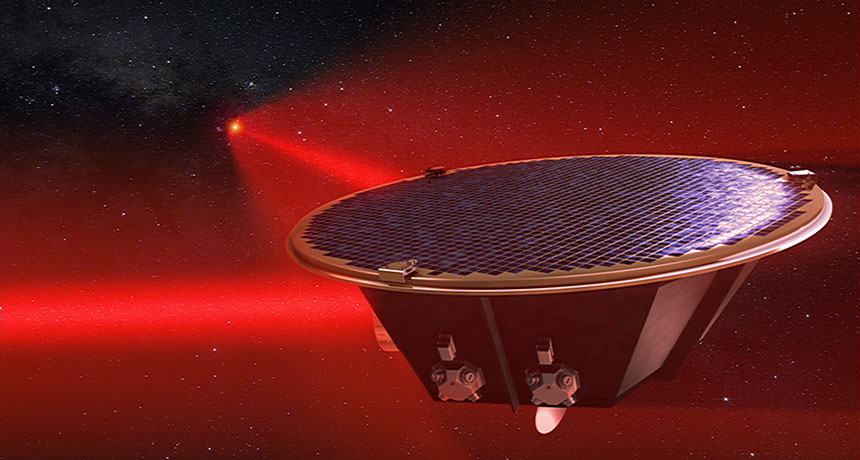Satellite trio will hunt gravitational waves from space
European Space Agency green-lights LISA detector, expected to launch in 2034

IN THE BALANCE A trio of freefloating spacecraft called LISA (one of the satellites illustrated) will search for gravitational waves from space in a mission expected to launch in 2034.
AEI/Milde Marketing/Exozet







